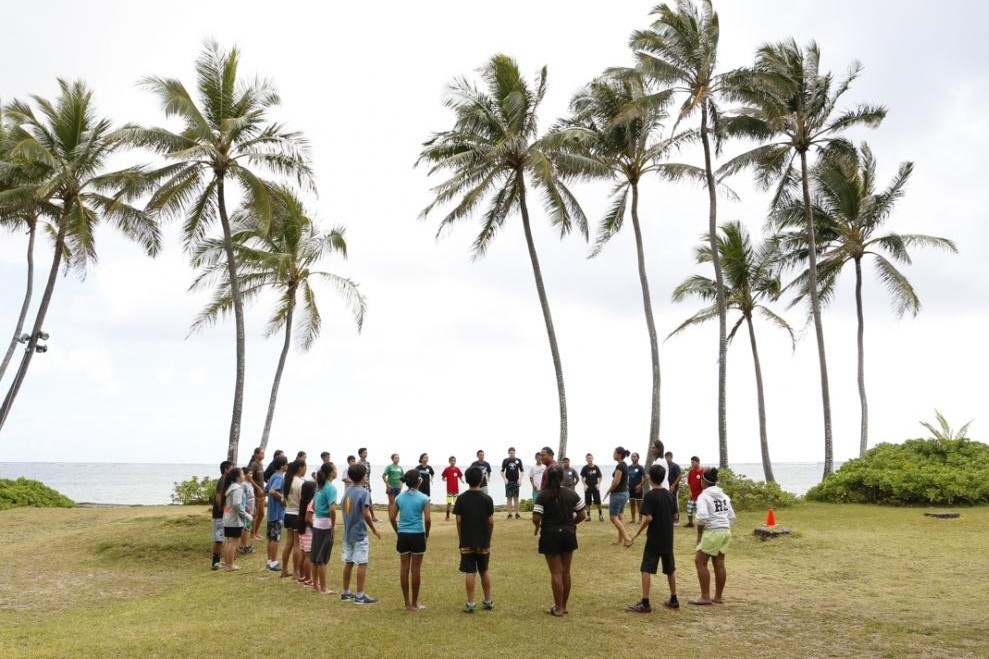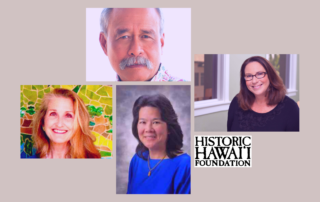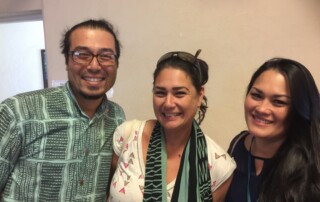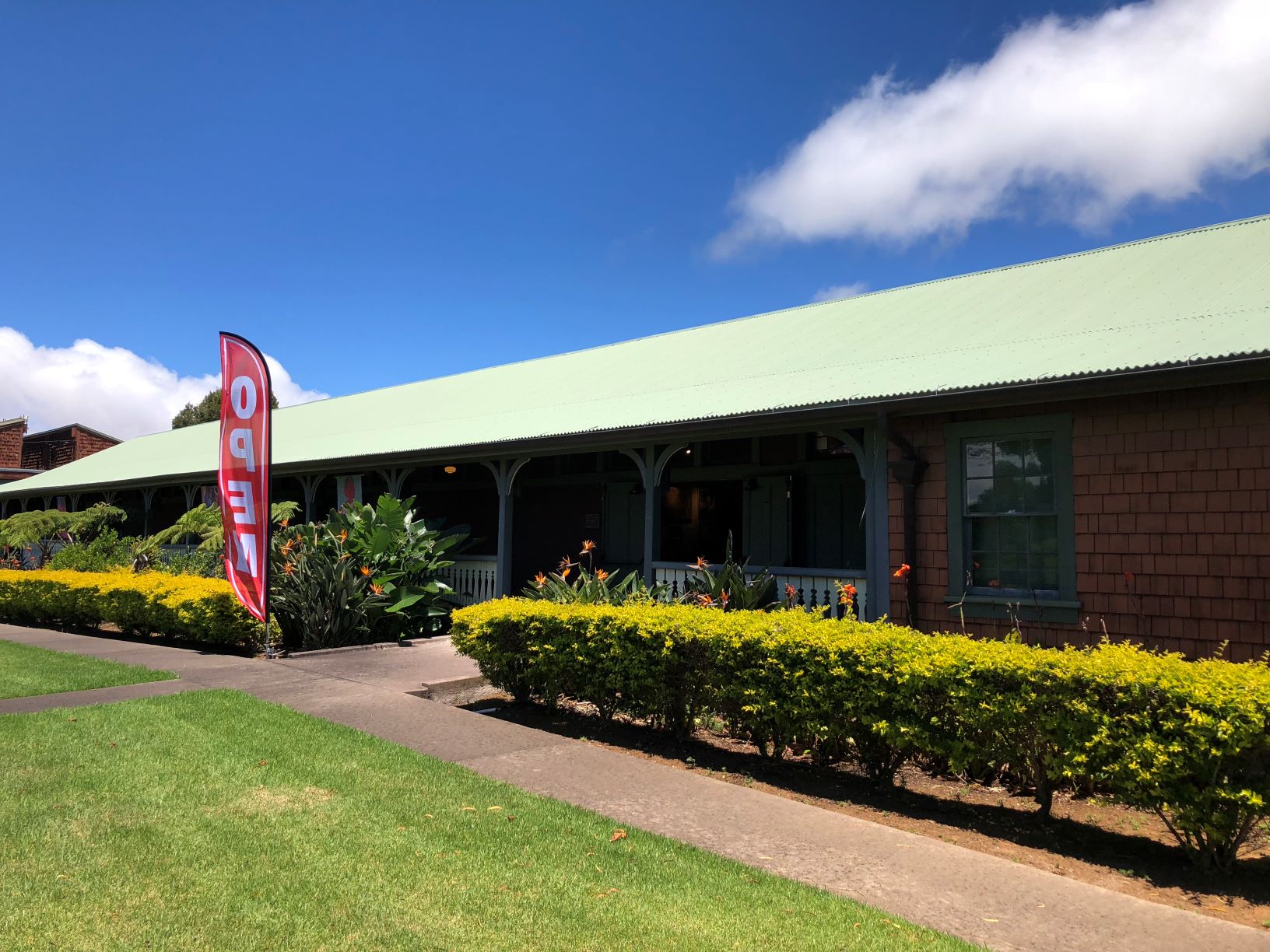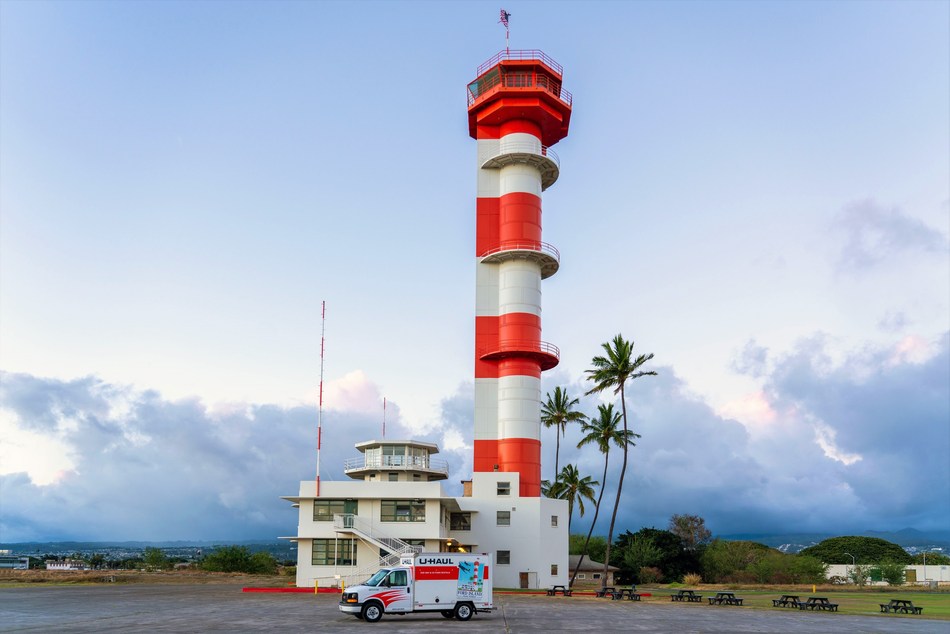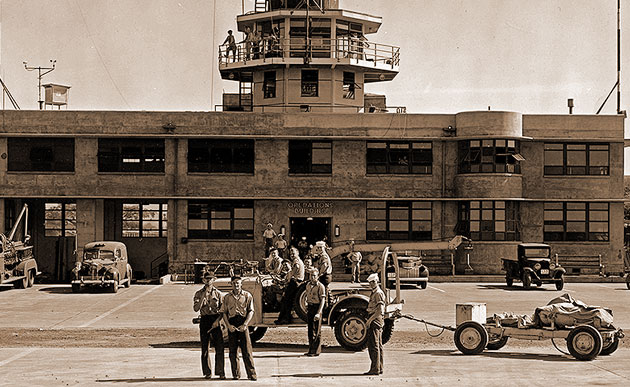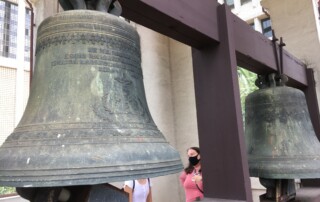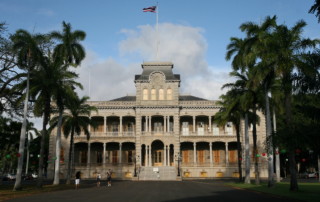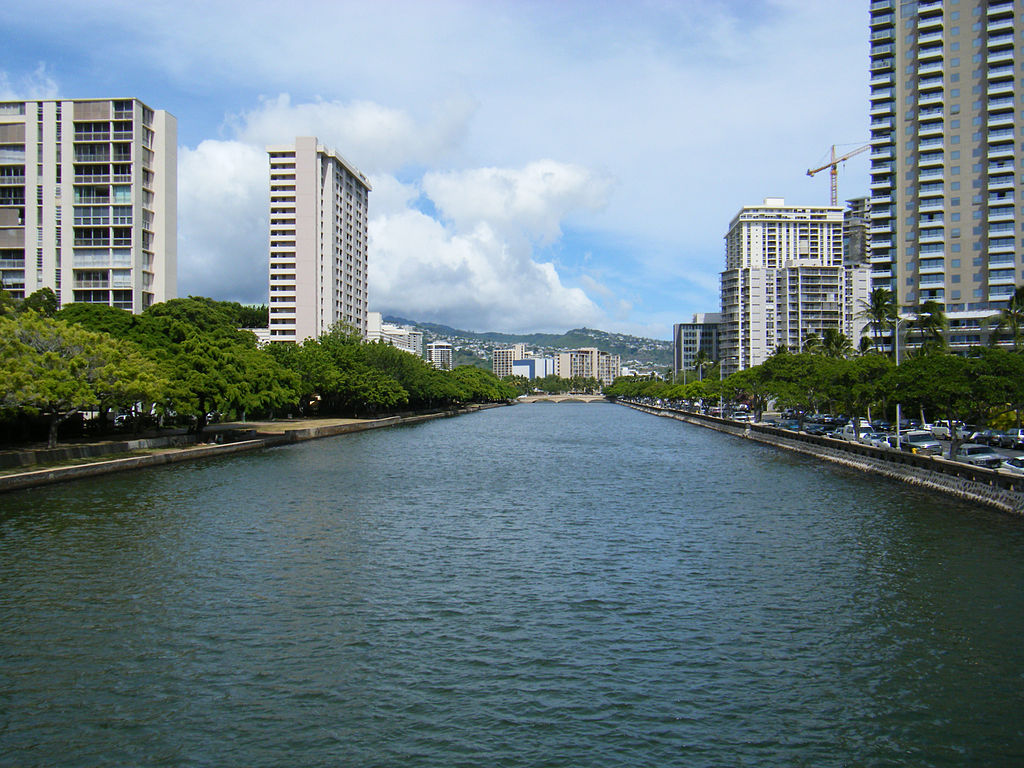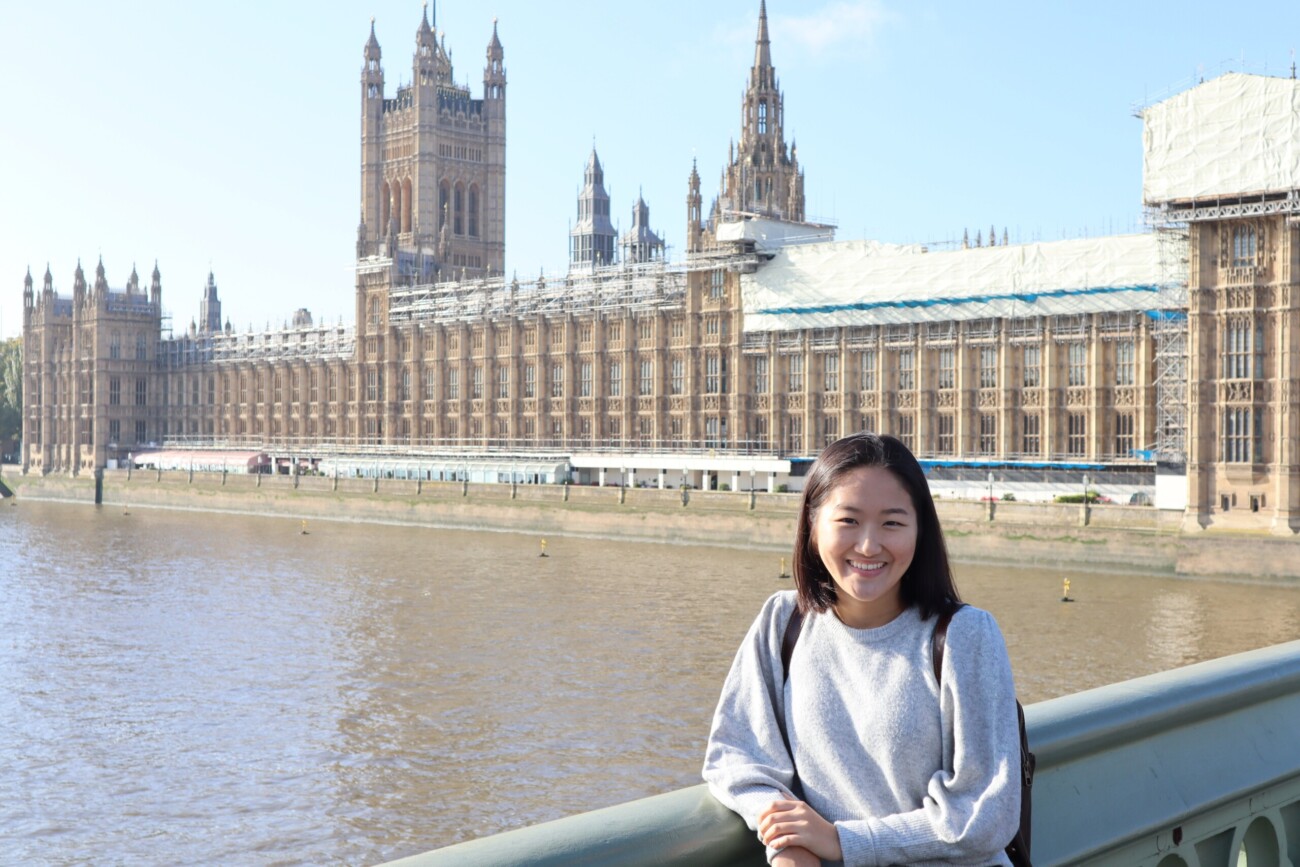How Does Culture Connect Us? An essay by youth volunteer Nathaniel Valera
HHF is pleased to share this personal reflection written by Nathan Valera, a senior at Inderkum High School in Sacramento, California. The essay was written as part of his senior independent volunteer-work project. Nathan contacted HHF with the intention of volunteering (virtually) with a community organization that aligns with his interest in perpetuating Hawaiian history and culture. He will share a second essay later this month. Puka mai ka lā i ka wena o ke ao I ke aʻo kūpuna mālamalama The sun rises in the rosy glow of dawn like the enlightened ways of our ancestors. - Randie Kamuela Fong* The sun was still tucked away in her slumber when we awoke. Excitement-filled young children who had just finished our first year of middle school, we jumped out of our sleeping mats and ran to get into a line even before our kumu instructed us to. We walked outside single file towards the beach, our feet digging into the wet dirt of the backyard before reaching the cool sand and our eyes still adjusting to the darkness around us. Barely able to see ahead, we strode forward into the calm kai (ocean), allowing the warmth of the water to envelope us like a blanket against the cool morning wind that blew against us. "We are at a program to learn...embrace...and lead by Hawaiian cultural values," wrote Nathan during his first Hoʻomākaʻikaʻi experience. “All the way! Get your head under!” instructed our kumu of Kamehameha Schools’ Ho‘omāka‘ika‘i Explorations** program. Like every morning that week, we did as we were told, and lowered ourselves under the warmth. It did not always begin as easily as this though. Curly hair was my biggest enemy growing [...]


